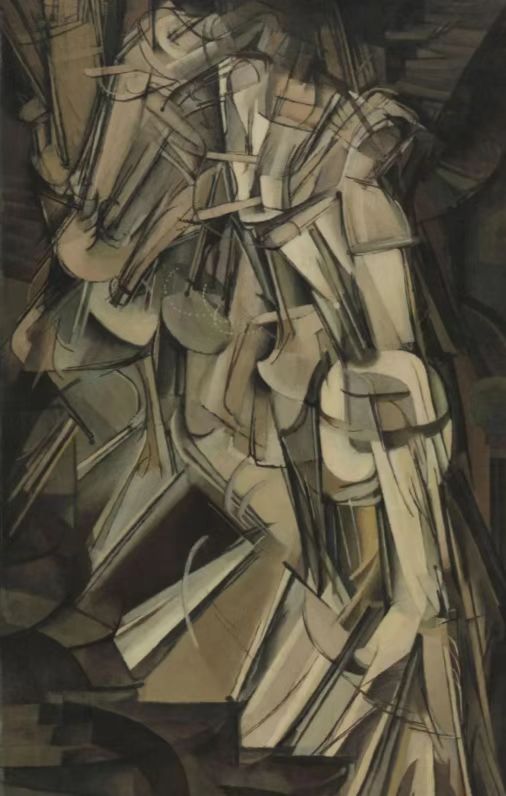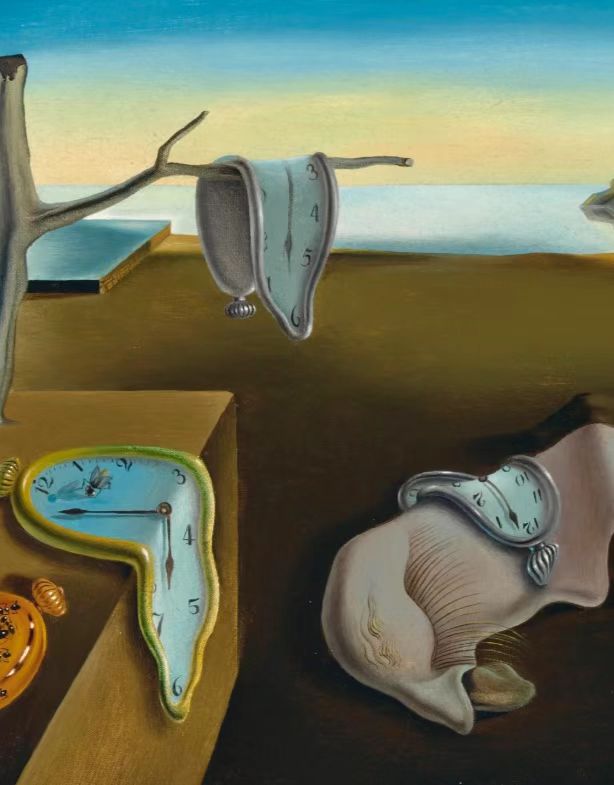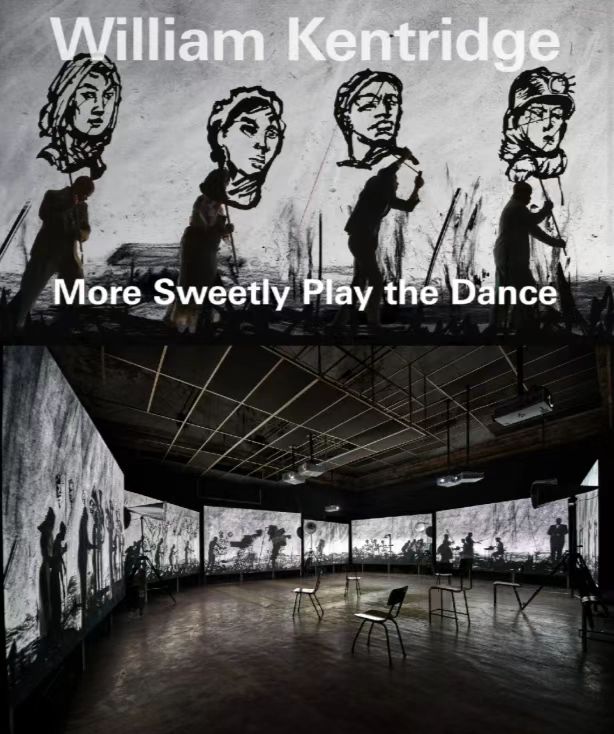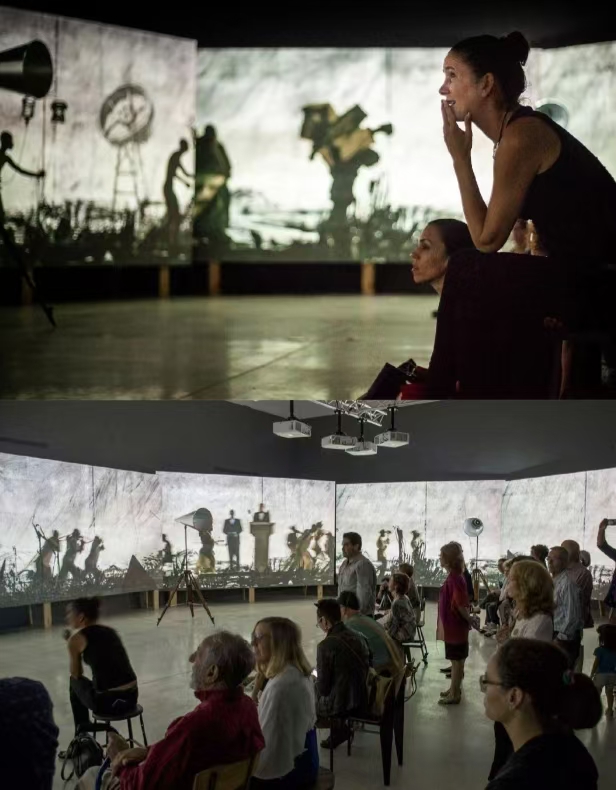In 1917, Marcel Duchamp submitted a signed urinal titled Fountain to a New York art exhibition. It wasn’t beautiful, it wasn’t handmade—but it broke the rules. Duchamp declared that art could be an idea, not just an object. Thus began the era of contemporary art, where meaning, not mastery, took center stage.
Contemporary art didn’t emerge in a vacuum. It grew out of 20th-century artistic revolutions:
• Dadaism: Rebelled against war and tradition by declaring everyday objects as art.
• Surrealism: Dug into dreams and the unconscious.
• Pop Art: Andy Warhol’s soup cans and Marilyn Monroes celebrated (and mocked) consumer culture.
• Abstract Expressionism: Jackson Pollock’s chaotic splatters embodied emotion and action.


By the 1970s and beyond, art broke its own boundaries:
• Performance Art: Artists used their bodies to challenge norms.
• Installation Art: Objects reassembled into immersive spaces.
• Land Art: Earth became canvas.
• Video & Digital Art: Technology opened new frontiers.
In China, the Stars Art Group launched in 1979, sparking waves like the 85 New Wave and eventually connecting to global circuits via biennials and residencies.
Contemporary art is no longer Western-centric. Around the world, artists use local culture to tackle global themes:
• William Kentridge (South Africa): Eight-channel video works speak of colonial memory and trauma.
• Edward Burtynsky (Canada): Massive aerial photos of mines and landfills critique ecological damage.
• Maha Malluh (Saudi Arabia): Collaged Islamic cassette tapes explore women’s spiritual consumption.
• Xu Bing (China): Turns trash into landscapes, redefining materiality and meaning.
Emerging platforms like the Saudi Biennale or residencies in Bulgaria highlight non-Western narratives and challenge global hierarchies.


Despite its global reach, contemporary art isn’t without critique:
1.Loss of Critical Edge: Overly personal or aestheticized works sometimes lack societal engagement.
2.Visual Homogenization: From Venice to Gwangju, similar techniques (e.g., neon text, found objects) can feel formulaic.
3.Market Distortion: Speculation drives prices up for mediocre work, turning art into pure commodity.
Yet hope remains. More shows now highlight indigenous, ecological, and hybrid identities. Artists are rethinking tradition—not rejecting it—to build new meaning.
• Look for Conceptual Depth: Don’t ask if it’s pretty—ask what it questions.
• Follow Biennials & Curators: Events like the Venice Biennale or Documenta often spotlight future stars.
• Think Beyond Objects: Collect ideas—works that capture your values, challenge your worldview, or speak to our times.
When a work resonates—not because it’s easy to understand, but because it lingers—that’s when you’ve found a piece worth collecting.
